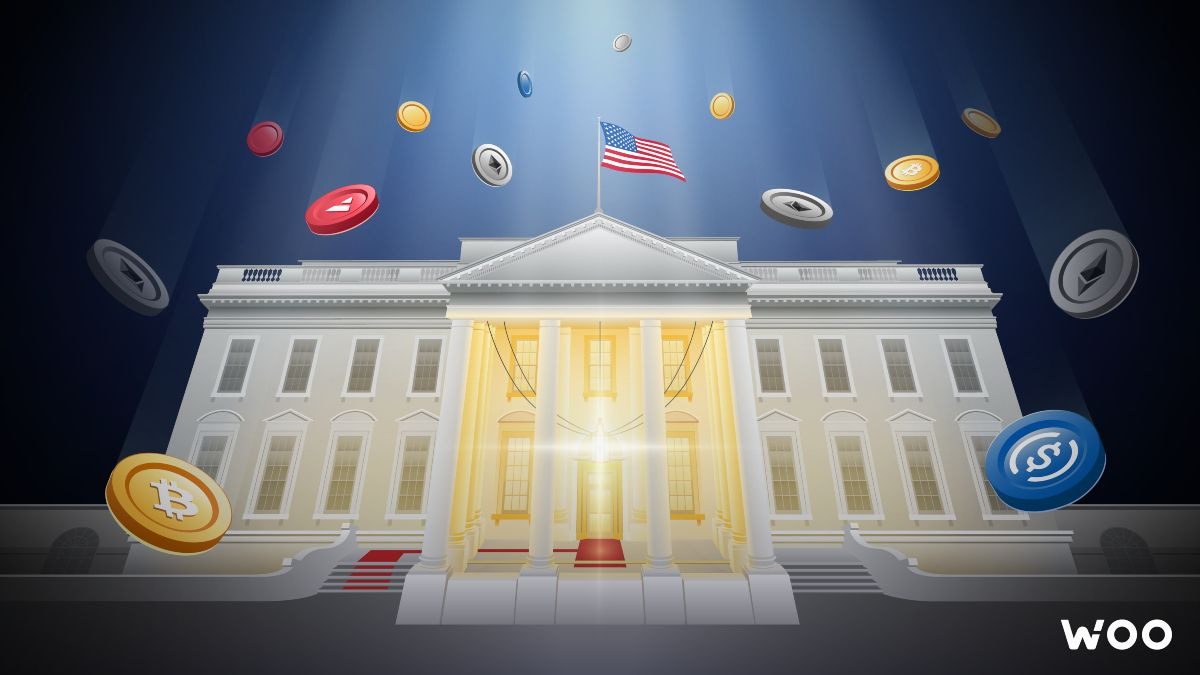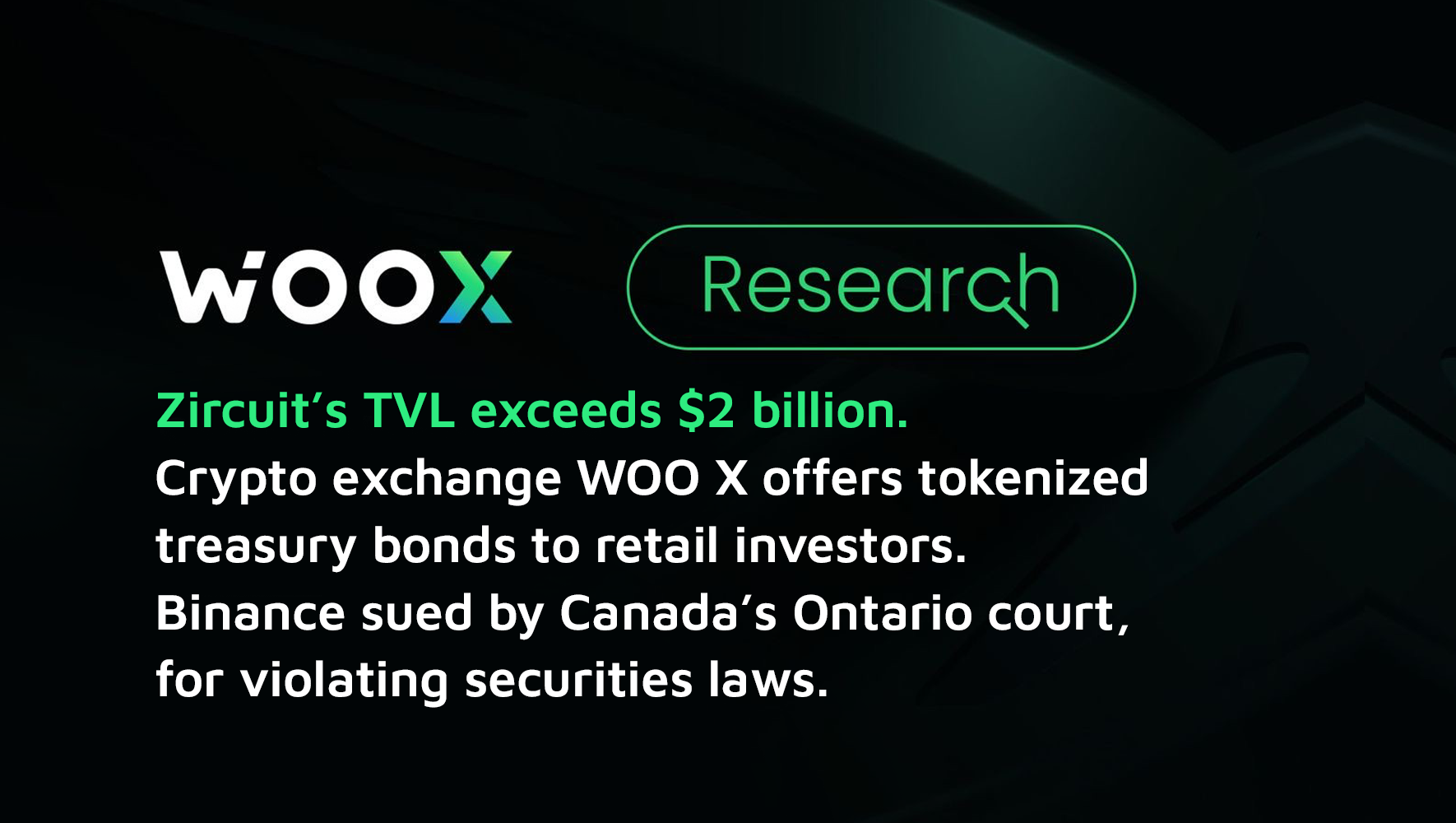US government agencies have submitted a report to the White House, outlining frameworks and policy recommendations for responsible digital asset development and paving the way for further action in the US and abroad.
In a fact sheet that the office described as its “first-ever comprehensive framework”, the White House has acknowledged the significant growth of the digital assets market in recent years while also highlighting the real risks as evidenced by recent events in the crypto markets.
Nonetheless, the fact sheet highlights President Joe Biden’s administration’s interest in cryptocurrencies saying, “digital assets present potential opportunities to reinforce US leadership in the global financial system and remain at the technological frontier.”
While this is the first-ever comprehensive framework on digital assets from the White House, we are still yet to see some regulatory clarity at this stage while the plan for creating a US Central Bank Digital Currency (CBDC) is something to look at, according to WOO Network Analyst, Tiffany Wang.
Key recommendations
Over the past six months, agencies across the US government have developed frameworks and policy recommendations around six key priorities: consumer and investor protection; promoting financial stability; countering illicit finance; US leadership in the global financial system and economic competitiveness; financial inclusion; and responsible innovation.
On protecting consumers, investors, and businesses
Citing FBI statistics that show outright fraud, scams, and theft in digital asset markets rising, with losses from scams nearly 600 percent higher in 2021 than the year before, the White House recommended regulators to “aggressively pursue investigations and enforcement actions against unlawful practices in the digital assets space.”
To be sure, Chainalysis reported that cryptocurrency-based crime hit a new all-time high in 2021, with illicit addresses receiving $14 billion for the year, up from $7.8 billion in 2020.
The paper also recommended the Consumer Financial Protection Bureau (CFPB) and Federal Trade Commission (FTC) redouble their efforts to monitor consumer complaints and enforce against unfair, deceptive, or abusive practices.
“The Financial Literacy Education Commission (FLEC) will lead public-awareness efforts to help consumers understand the risks involved with digital assets, identify common fraudulent practices, and learn how to report misconduct,” it said.
Promoting access to safe, affordable financial services
To promote safe and affordable financial services for all, the White House said US agencies will prioritize efforts to improve the efficiency of cross-border payments by working to align global payments practices, regulations, and supervision protocols while exploring new multilateral platforms that integrate instant payment systems. It also said the National Science Foundation (NSF) will back research in technical and socio-technical disciplines and behavioral economics to ensure that digital asset ecosystems are designed to be usable, inclusive, equitable, and accessible by all.
Fostering financial stability
“Digital assets and the mainstream financial system are becoming increasingly intertwined, creating channels for the turmoil to have spillover effects. Stablecoins, in particular, could create disruptive runs if not paired with appropriate regulation.”
In October, the Financial Stability Oversight Council (FSOC) will publish a report discussing digital assets’ financial-stability risks, identifying related regulatory gaps, and making additional recommendations to foster financial stability, the paper said.
Advancing responsible innovation
The White House paper encouraged the Treasury and financial regulators to provide innovative regulatory guidance, best-practices sharing, and technical assistance to U.S. firms that are developing new financial technologies. The paper said agencies such as the Department of Energy will consider further tracking digital assets’ environmental impacts; developing performance standards as appropriate; and providing local authorities with the tools, resources, and expertise to mitigate environmental harms.
Reinforcing the US global financial leadership and competitiveness
The Department of Commerce will help cutting-edge US financial technology and digital asset firms find a foothold in global markets for their products, while US enforcement agencies will increase collaboration with—and assistance to—partner agencies in foreign countries through global enforcement bodies like the Egmont Group, bilateral information sharing, and capacity building.
The paper also noted that agencies including the United States Agency for International Development (USAID) will explore further technical assistance to developing countries in building out digital asset infrastructure and services. “As appropriate, this assistance may include technical assistance on legal and regulatory frameworks, evidence-gathering and knowledge-sharing on the impacts, risks, and opportunities of digital assets.”
Fighting illicit finance
“While our efforts have strengthened the U.S. financial system, digital assets— some of which are pseudonymous and can be transferred without a financial intermediary —have been exploited by bad actors to launder illicit proceeds, to finance terrorism and the proliferation of weapons of mass destruction, and to conduct a wide array of other crimes,” read the paper.
It said the Treasury will complete an illicit finance risk assessment on decentralized finance by the end of February 2023 and an assessment on non-fungible tokens by July 2023.
Exploring a US Central Bank Digital Currency (CBDC)
Recognizing the possibility of a US CBDC, which it describes as a digital form of the US dollar, the Biden administration has developed Policy Objectives for a US CBDC System, which reflect the federal government’s priorities for a potential US CBDC.
Based on its description a US CBDC could enable a more efficient payment system, provides a foundation for further technological innovation, facilitates faster cross-border transactions, and is environmentally sustainable, among others. “But a CBDC could also have unintended consequences, including runs to CBDC in times of stress,” it noted.
The Treasury will lead an interagency working group to consider the potential implications of a US CBDC, leverage cross-government technical expertise, and share information with partners. The working group will meet regularly to discuss the group’s progress and share updates on CDBC and other payment innovations.
Stay tuned for all of WOO Network’s exciting developments!
- Socials: cuda.io/woonetwork
- Website: https://woo.org
- Telegram Announcements: https://t.me/woonetworkann
- Medium: https://medium.com/woonetwork
The content above is neither a recommendation for investment and trading strategies nor does it constitute an offer, solicitation, or recommendation of any product or service. The content is for informational sharing purposes only. Anyone who makes or changes the investment decision based on the content shall undertake the result or loss by himself/herself.



